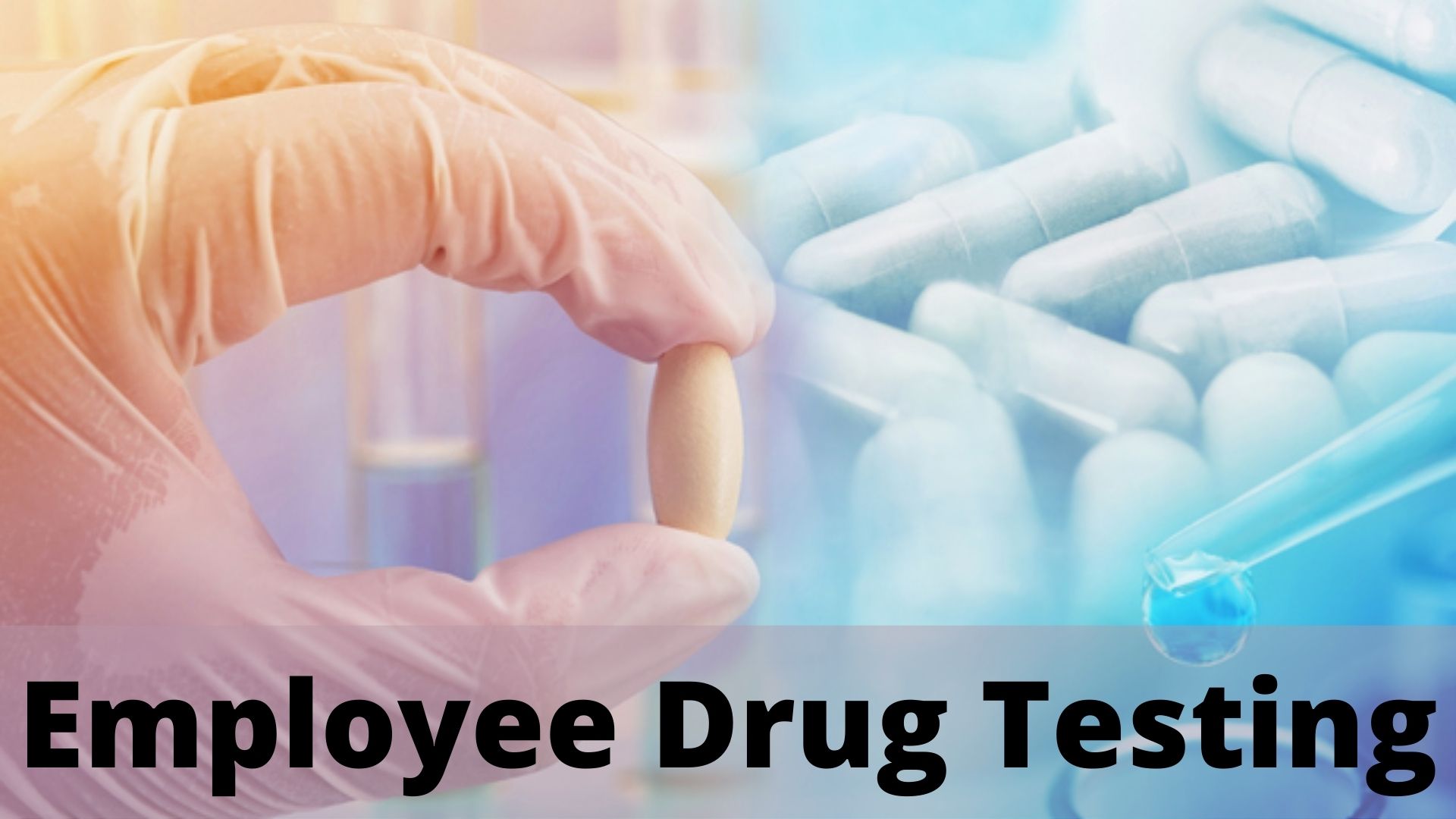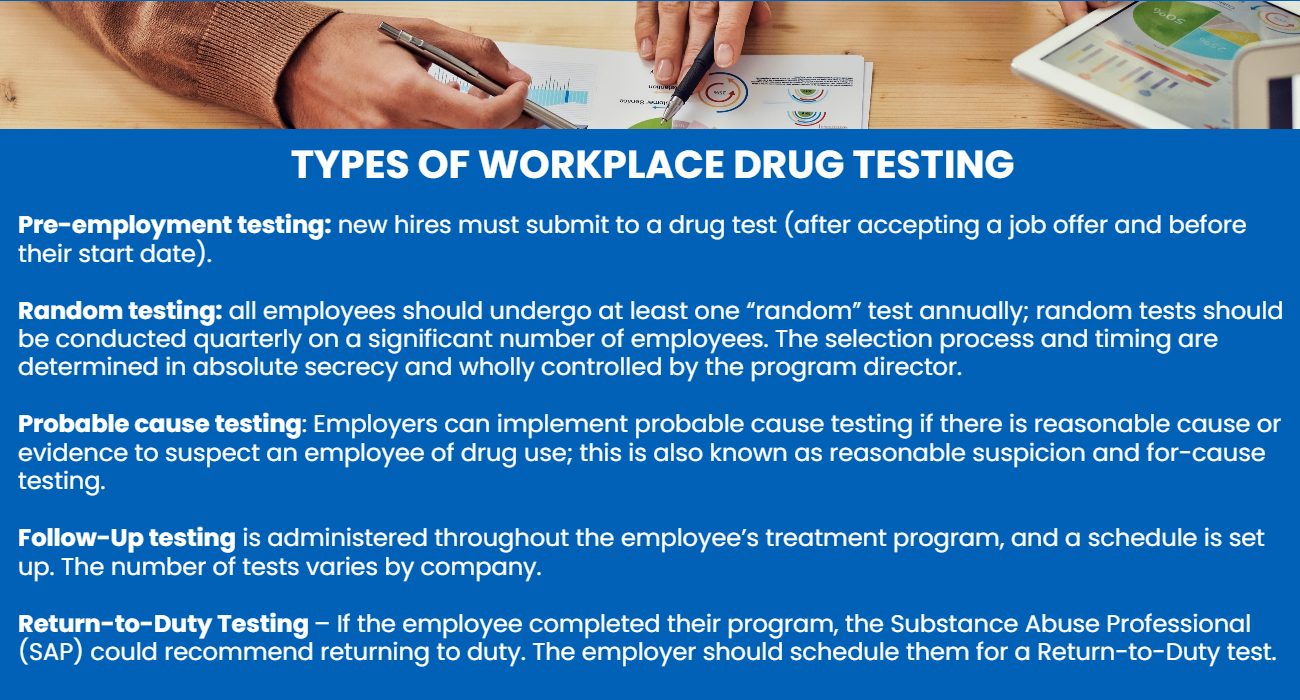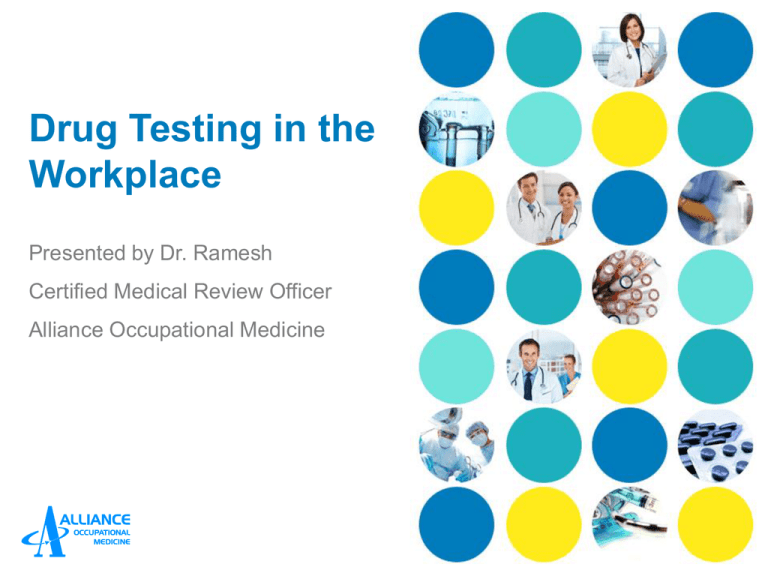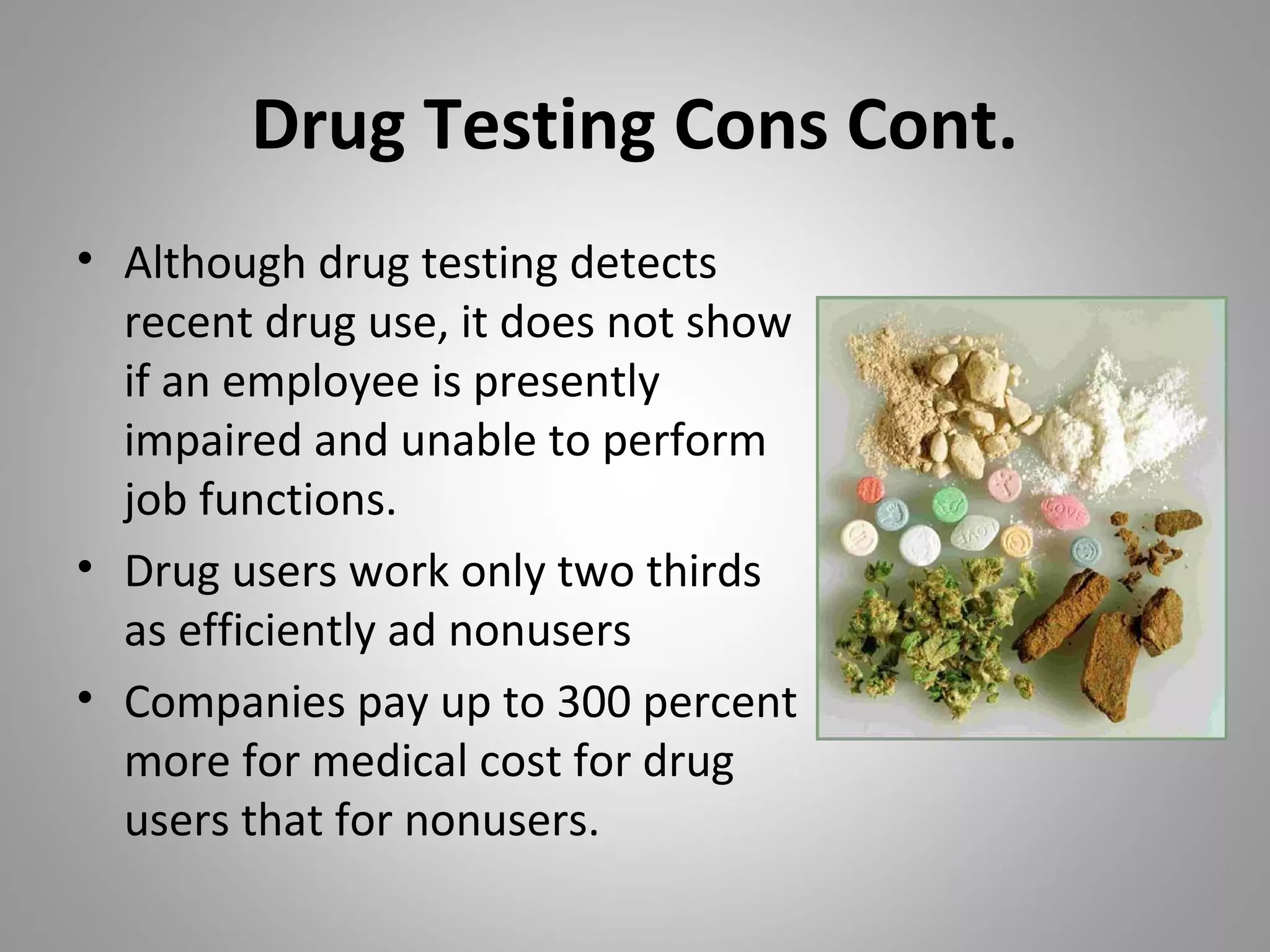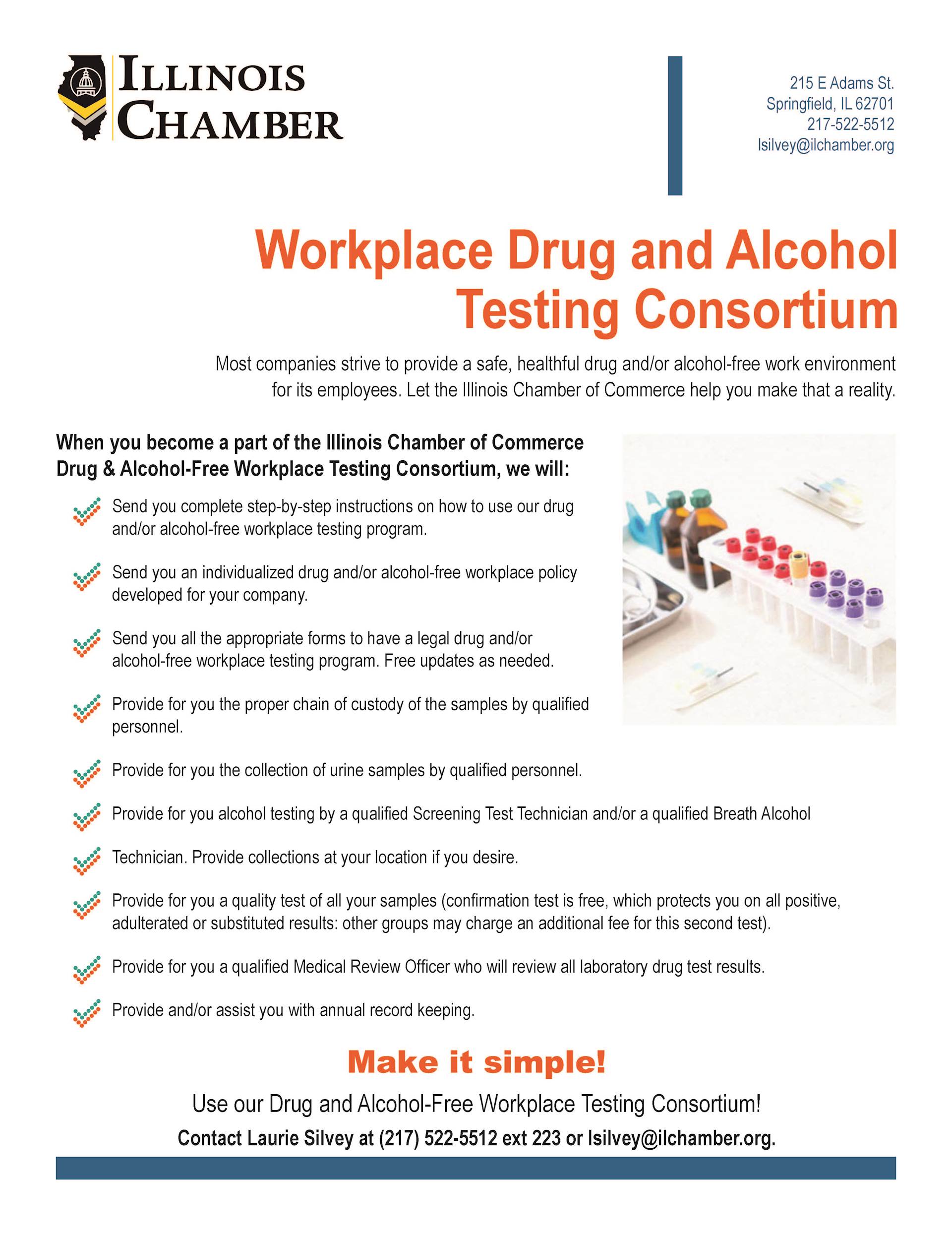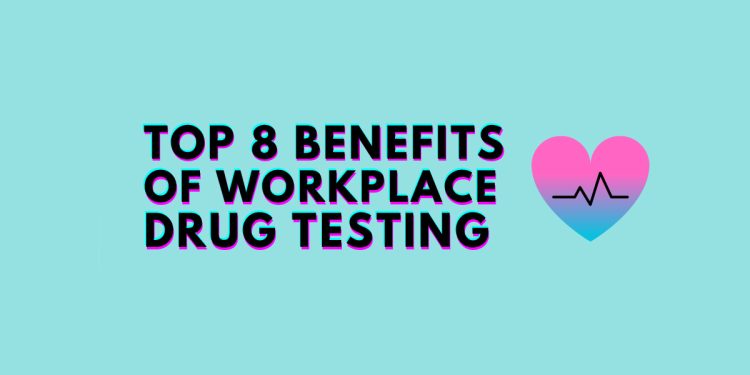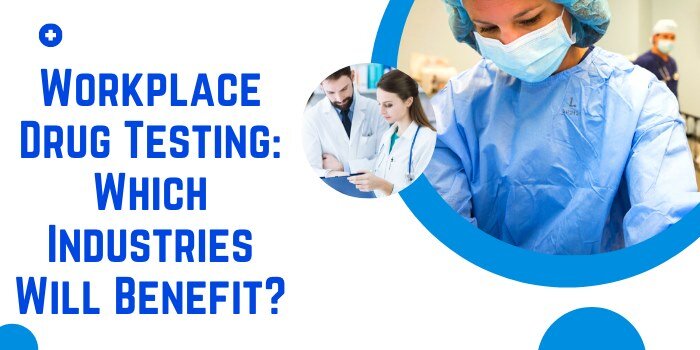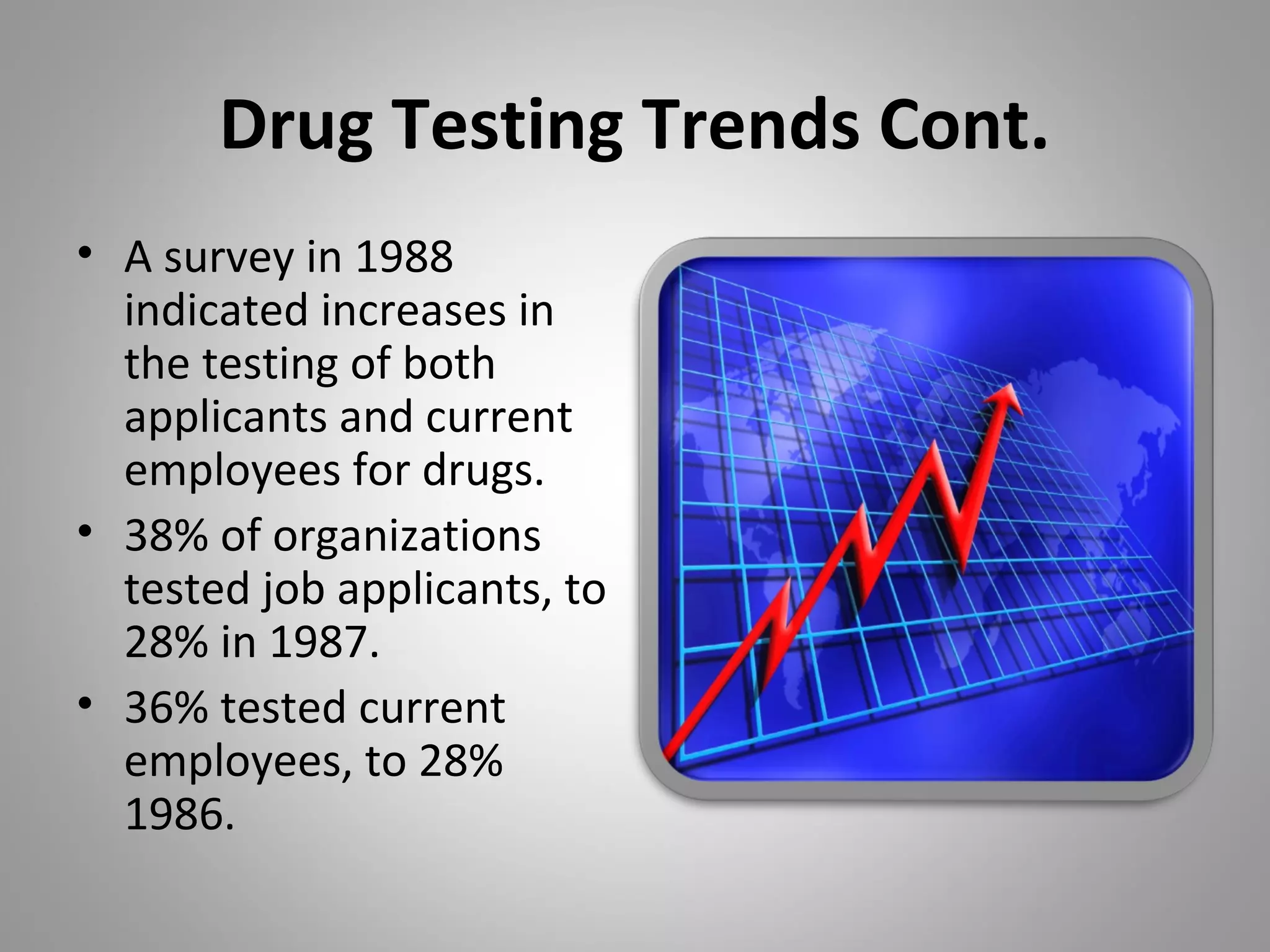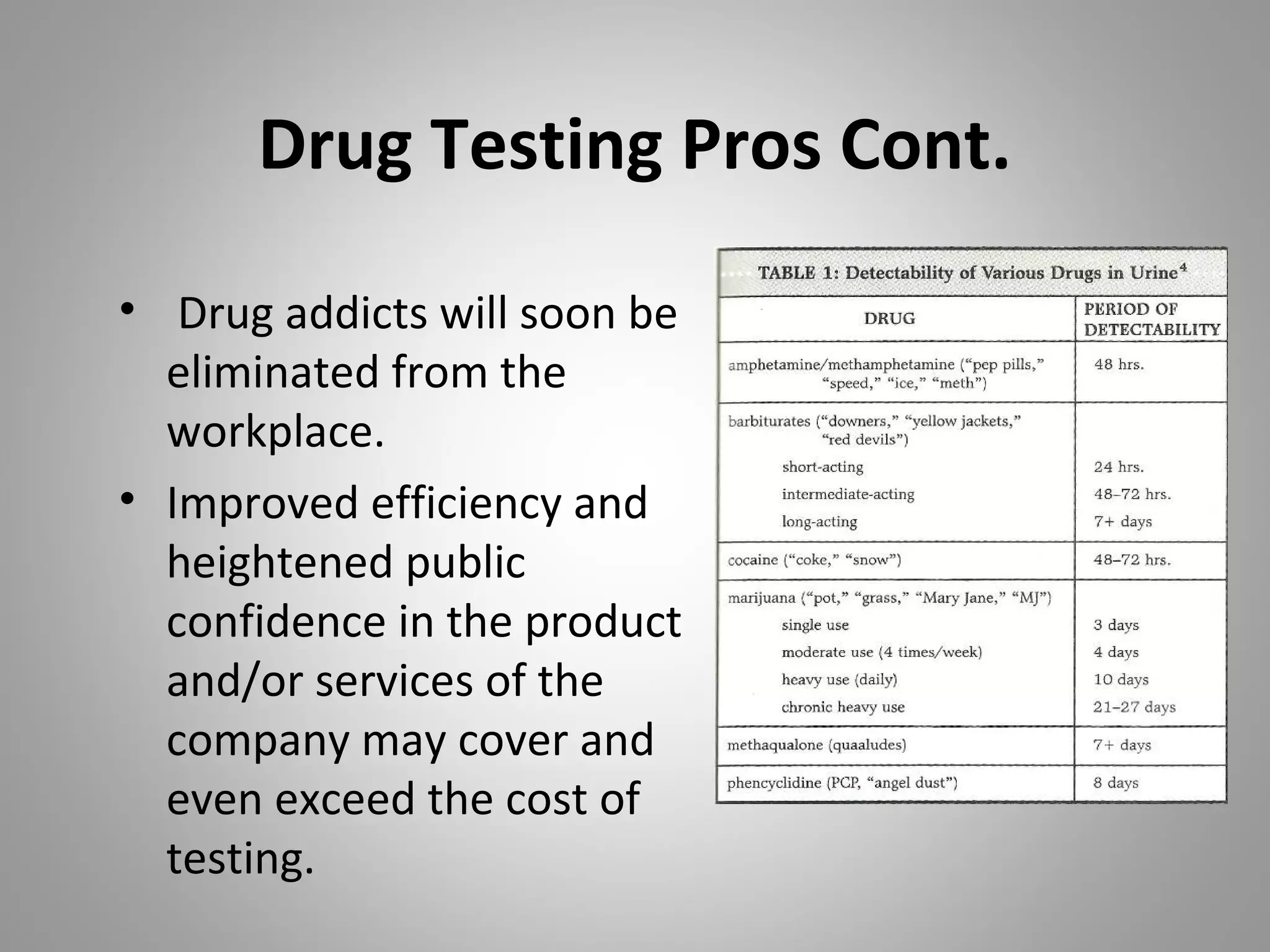Quality Drug Testing And Workplace Wellness

Urgent concerns are mounting as new data reveals a spike in workplace accidents potentially linked to substance abuse. Employers are now facing increased pressure to enhance drug testing protocols and integrate comprehensive wellness programs to ensure safer working environments.
This article examines the escalating need for rigorous drug testing, explores successful workplace wellness initiatives, and outlines the critical next steps businesses must take to mitigate risks.
The Rising Tide of Workplace Accidents
Recent statistics from the National Safety Council show a 12% increase in workplace incidents over the past year. A significant portion of these accidents are suspected to involve impaired workers.
Data compiled by Quest Diagnostics indicates a 30% rise in positive drug test results among the American workforce since 2015.
Industries such as construction, transportation, and manufacturing are particularly vulnerable, experiencing higher rates of substance-related incidents.
Drug Testing: A Necessary Safeguard
Implementing comprehensive drug testing programs is crucial for identifying and addressing substance abuse issues.
Random drug testing, pre-employment screening, and post-accident testing are essential components of a robust program. These are being implemented in companies across the nation.
According to the Substance Abuse and Mental Health Services Administration (SAMHSA), effective drug testing can deter substance use and improve workplace safety.
Workplace Wellness: Beyond Drug Tests
While drug testing identifies existing problems, workplace wellness programs aim to prevent substance abuse and promote employee well-being.
These programs often include employee assistance programs (EAPs), stress management training, and mental health resources.
Companies like Google and Johnson & Johnson have demonstrated success with comprehensive wellness initiatives, reporting reduced absenteeism and increased productivity.
The Legal Landscape
Employers must navigate a complex legal landscape when implementing drug testing and wellness programs. Laws vary by state, and compliance with federal regulations is essential.
The Americans with Disabilities Act (ADA) and other anti-discrimination laws must be considered to ensure fair and equitable treatment of employees.
Consulting with legal counsel is crucial to develop legally sound and ethically responsible programs. Many companies are now working with legal counsel because of a fear of potential lawsuits.
Real-World Examples
XYZ Construction in Colorado implemented a mandatory drug testing program after a series of accidents. The result was a 40% reduction in incidents within the first year.
ABC Manufacturing in Ohio launched a comprehensive wellness program that included on-site counseling and fitness classes. Employee morale and productivity increased significantly.
However, some companies have faced legal challenges. Delta Transport was sued for alleged violations of employee privacy in its drug testing procedures.
The Role of Technology
Advancements in technology are improving the accuracy and efficiency of drug testing. Rapid on-site testing and mobile drug testing units are becoming increasingly common.
Wearable technology can also monitor employee health and provide early warning signs of potential problems. These are being used increasingly by trucking companies and other similar firms.
Data analytics can identify trends and patterns, allowing employers to tailor their wellness programs to meet specific needs.
Challenges and Obstacles
Implementing effective drug testing and wellness programs can be challenging.
Cost is a major barrier for some employers, particularly small businesses. Employee resistance and privacy concerns can also create obstacles.
Addressing these challenges requires careful planning, open communication, and a commitment to employee well-being.
The Path Forward
To ensure safer and healthier workplaces, employers must prioritize drug testing and wellness programs.
Regular reviews of existing policies, employee education, and ongoing monitoring are essential. These are being put into place by human resource departments nationwide.
The National Institute on Drug Abuse (NIDA) and other organizations offer valuable resources and guidance for employers. Continued research and development are needed to improve the effectiveness of these programs.

